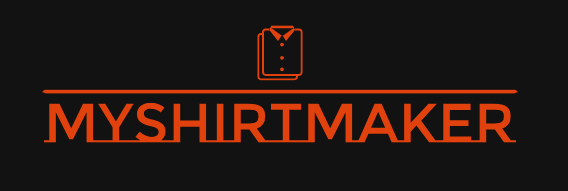Secure Your Data The Ultimate Online Backup Guide

Understanding Your Data and Its Vulnerability
Before diving into backup solutions, it’s crucial to understand what data you need to protect and how vulnerable it is. This includes everything from personal photos and financial documents to work projects and sensitive communications. Consider the potential consequences of losing this data – financial hardship, identity theft, missed deadlines, or emotional distress. Identifying your most valuable data helps you prioritize backup strategies and allocate resources effectively. Think about what would be the most devastating to lose and focus your efforts there first.
Choosing the Right Backup Strategy: Local vs. Cloud
The ideal backup strategy often involves a combination of local and cloud backups. Local backups, using external hard drives or network-attached storage (NAS), offer speed and control. They’re great for immediate access and large file transfers. However, they’re vulnerable to theft, fire, or physical damage. Cloud backups provide offsite protection, safeguarding your data from local disasters. They’re accessible from anywhere with an internet connection, but they rely on a stable internet connection and ongoing subscription fees. The best approach often involves regular local backups for quick access and cloud backups for long-term security and disaster recovery.
Exploring Different Cloud Backup Services: A Comparison
The market offers a plethora of cloud backup services, each with varying features and pricing. Some popular options include Backblaze, Carbonite, IDrive, and CrashPlan. Consider factors like storage capacity, pricing models (per-device, per-terabyte), data encryption methods, versioning (keeping multiple copies of files), and customer support when making your decision. Read reviews, compare features, and choose a service that aligns with your needs and budget. Don’t be afraid to try a free trial period to test the service before committing long-term.
Implementing a Robust Local Backup System: Hardware and Software
Setting up a reliable local backup system is straightforward. You’ll need an external hard drive (HDD) or solid-state drive (SSD), preferably a portable one for easy transportation and offsite storage during emergencies. For larger datasets or more sophisticated setups, a NAS device is a good option. Choose a drive with sufficient storage capacity, considering your current data volume and future growth. In terms of software, you can rely on built-in operating system tools (like Windows’ File History or macOS’ Time Machine) or dedicated backup software for more advanced features like scheduling and incremental backups. Remember to regularly check your local backups to ensure everything is working as intended.
Data Encryption: Protecting Your Privacy
Data encryption is paramount for protecting sensitive information. Ensure your chosen cloud backup service uses strong encryption, ideally end-to-end encryption, which protects your data even from the service provider itself. For local backups, consider using encryption software to safeguard the stored files. This added layer of protection significantly reduces the risk of data breaches and unauthorized access, especially if your drives are ever lost or stolen. Look for services and software that utilize AES-256 encryption or a similarly strong algorithm.
Versioning and Data Recovery: Planning for the Worst
Versioning is a critical feature that saves multiple versions of your files over time. This allows you to revert to previous versions in case of accidental deletion or file corruption. Regularly test your data recovery process to ensure you can successfully restore your files. This involves trying to restore a small amount of data to verify the process works without issue. Knowing how to restore your data is just as important as backing it up. Having a clear recovery plan in place can reduce stress and mitigate potential losses.
Regular Maintenance and Updates: Keeping Your System Secure
Your backup system isn’t a “set it and forget it” solution. Regular maintenance is crucial. This includes regularly checking your backup schedules, ensuring sufficient storage space, and updating your backup software and operating system to patch security vulnerabilities. A proactive approach to maintenance significantly improves your chances of avoiding data loss. Don’t wait for a problem to occur; schedule regular checks as part of your ongoing digital hygiene.
Beyond the Basics: Advanced Backup Techniques
For more advanced users, consider techniques like differential backups (backing up only changed files since the last full backup) to save time and storage space. You can also explore using multiple backup locations for redundancy, ensuring your data is protected even if one location fails. Implementing these more advanced strategies provides an extra layer of protection and peace of mind.
The Importance of a Comprehensive Backup Plan
A well-defined backup plan is essential for protecting your valuable data. It’s not a one-time task, but an ongoing process that requires consistent attention. Regularly reviewing and updating your backup strategy helps ensure its effectiveness over time, adapting to changing needs and technological advancements. Remember, data loss can have serious consequences; investing time and effort in data protection is an investment in your future. Read also about computer backup online.









